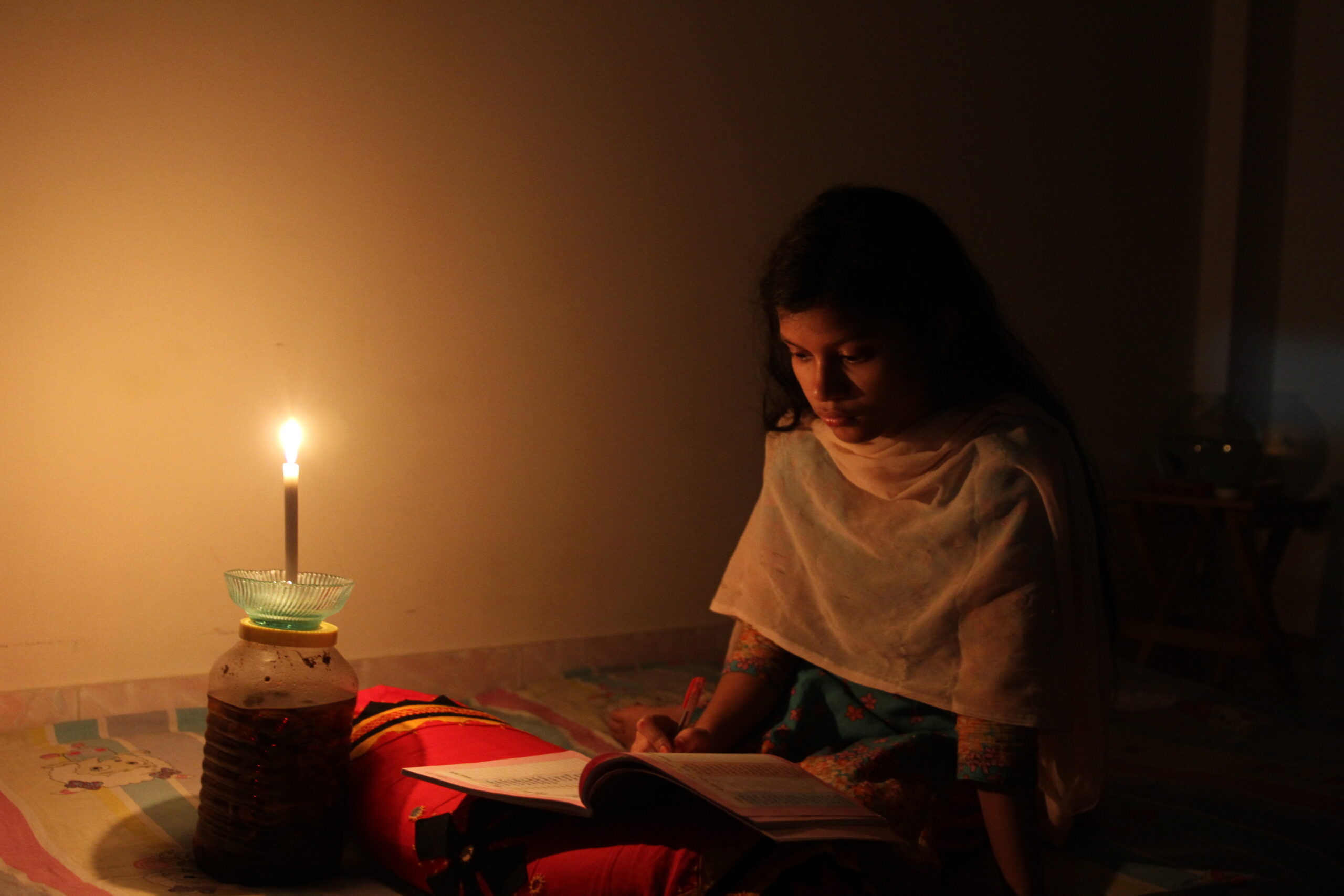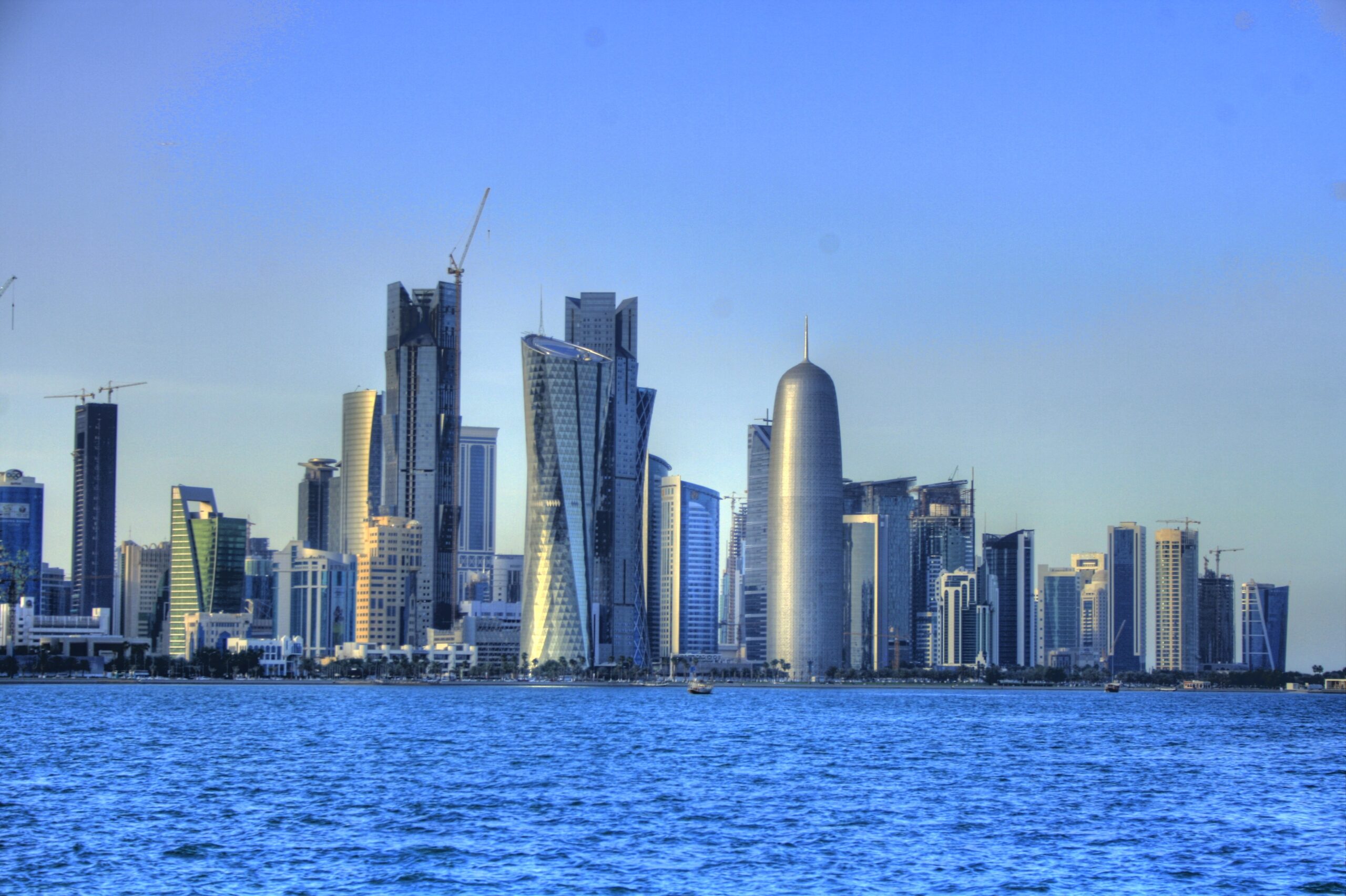India struggles for gas supplies as LNG prices surge
Analysts say the only way forward amidst surging LNG prices is to steer India, Pakistan and Bangladesh towards more sustainable renewable energy sources.

LNG buyers in the South Asian nations India, Pakistan and Bangladesh, particularly Pakistan, are heading for their own winter of discontent as despite a plunge in the prices of the super-cooled fuel, it remains unaffordable, forcing them to ration supplies at the cost of economic growth and inconveniencing citizens.
Pakistan, which is facing both economic and political crisis, has been the worst hit due to a surge in LNG rates. But Bangladesh too is increasingly coming under pressure while India still remains relatively better as its dependence on gas is limited.
For Pakistan, gas crises in winters are not new as in the past supplies have come under pressure as spot prices usually move north during the winter. This time the situation is more precarious as the government’s foreign exchange reserves have been falling leading to a balance of payment crisis. For the week ended December 2, the reserves fell to a four-year low of $6.7 billion compared with on average $16.6 billion in January. Considering Pakistan’s total imports stood at $5.2 billion in November, the falling reserves have curtailed its ability to buy imported LNG.
“The gas crisis is because nobody is willing to sell spot cargoes to Pakistan as the banking risk has increased and Pakistan’s credit rating downgraded due to the political risk,” Former Finance Minister Omar Ayub Khan said on December 13.
Pakistan’s oil and gas import bill for the July-October period of the current financial year has surged 38% on year to $7.55 billion. Pakistan’s gas crisis has been lingering for years as successive governments have failed to find any lasting solution, with reserves depleting by about 10% every year. However it has not been able to attract overseas explorers to invest upstream due to high market risk, political instability and security issues.
The gas shortages have pushed the government to ration supplies with households getting supplies for only eight hours a day—three hours in the morning for preparing breakfast, two hours in the afternoon for lunch and three hours in the evening for dinner. Gas accounts for 42% of Pakistan’s primary energy needs and accounts for 32% of its power generation mix.
The Institute for Energy Economics and Financial Analysis (IEEFA) in a June report estimated that Pakistan’s LNG imports could rise to more than $32 billion in the fiscal year ending June 2030 from $2.6 billion in 2021, which will only exacerbate its energy insecurity and financial instability. The high LNG prices have already hurt its plans to double LNG import terminals to four and expand pipeline infrastructure.
Energy conundrum
Musadik Malik, Pakistan’s petroleum minister, has said that gas supplies in December and January will be better as the government has sourced an additional cargo for both months compared with last year. However, people are protesting due to supply shortages and companies are either shutting operations or scaling back production. Frontier Ceramics told stock exchanges on December 12 that it has decided to shut down its floor tile production plant for an uncertain period due to gas supply issues.
Pakistan’s gas crisis could add to unrest in the country which is already witnessing political turmoil due to a power struggle between the government led by Prime Minister Shehbaz Sharif and former cricketer turned politician Imran Khan, who was ousted by Sharif in April.
Like Pakistan, Bangladesh too has witnessed protests due to high fuel prices and long power outages due to the gas crisis. The main opposition party, Bangladesh Nationalist Party, has taken to the streets demanding that Prime Minister Sheikh Hasina step down and declare early elections. Both Pakistan and Bangladesh will be holding general elections next year, and India in 2024.
According to Petrobangla, domestic gas supplies stood at 2.73 billion cubic feet on December 12, including 473 Mmcf/d of LNG, compared with 2.83 bcf/d at the beginning of this year, which included 541 Mmcf/d of LNG.
Bangladesh suffered a massive grid failure in October plunging large parts of the country into blackouts. The intermittent supply has hurt production in the export-oriented textile industry, hurting its foreign exchange earnings. New Delhi based think-tank Observer Research Foundation’s Junior Fellow Aditya Gowdara Shivamurthy, in a note last month, said that the crisis threatens to push Bangladesh into a cycle where it is unable to secure enough energy imports due to a shortage of foreign reserves which can have long-standing strategic implications with its energy partners.
Sustainable future
About half of the grid electricity in Bangladesh is generated from gas-fired plants and about a fifth of the gas demand is met by imported LNG, according to IEEFA’s Energy Finance Analyst Shafiqul Alam. As the cost of power generation from fossil fuels is rising as opposed to the reducing trend of renewable costs, Bangladesh must utilise this window to quickly increase its share of renewable power, Alam told Gas Outlook.
It is not only South Asia but Europe and other Asian economies like Japan and South Korea that are worried about tight markets and high prices. The situation is only set to worsen as China eases Covid restrictions. However, South Asia is worse-off as it can afford LNG only at high single or low double-digits per million Btu.
The high prices of LNG have forced India to look again at its own domestic gas prices that are tied to international hubs like the National Balancing Point, Henry Hub and AECO in Alberta. A panel, constituted by the government to recommend a fair gas price for consumers, has advocated for linking gas prices with crude oil instead and set a floor price of $4/MMBtu and a cap of $6.5/MMBtu for gas produced by state-owned explorers from legacy fields that were handed over to them without any auction.
India’s Petronet LNG recently faced a tank top – as in, maximum capacity – scenario at its Dahej LNG terminal as the off-takers would not buy costly liquified gas. They have switched to oil instead. For the April-October period of the current financial year that began April 1st, India’s LNG import bill has jumped 64% on year to $11.5 billion even as volumes have declined 11.2% to 16.876 billion cubic meters.
The International Energy Agency, in a December 6 statement, noted that the global energy crisis has triggered unprecedented momentum behind renewables, with the world set to add as much renewable power in the next five years as it did in the past 20. India, along with China and the United States, will all double their renewable capacity expansion in the next five years. It is time for Pakistan and Bangladesh too to get ambitious on renewable deployment.



